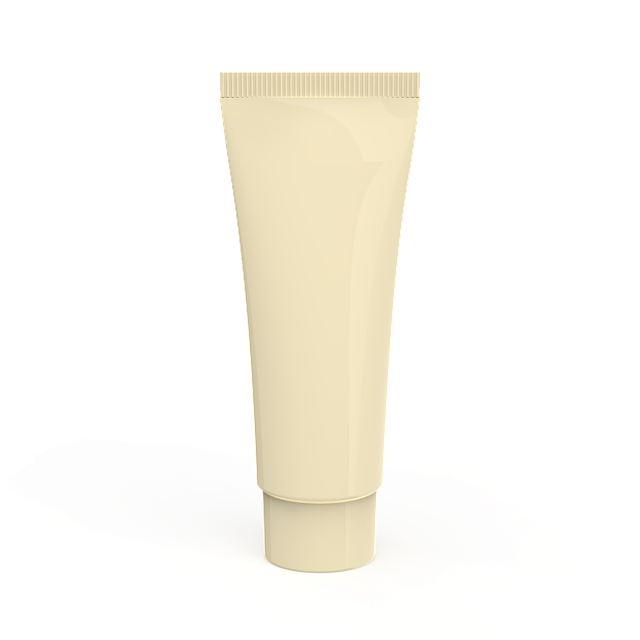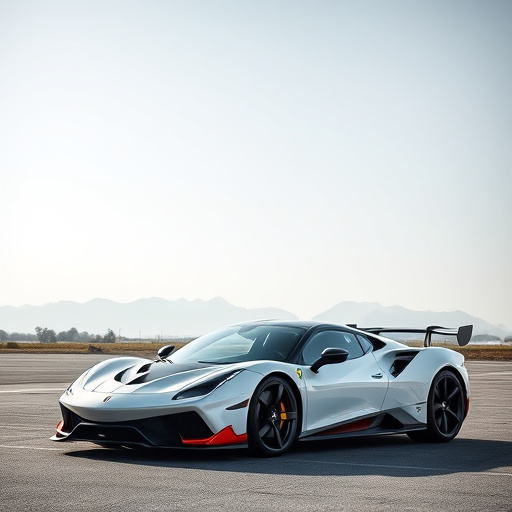Choosing between dry filter and oiled filter intakes depends on balancing engine protection and maintenance. Dry filters, using paper or synthetic media alone, are simple to maintain but less effective against tiny contaminants. Oiled filters, combining air with lubricating oil, offer better protection, longer lifespans, and potential fuel efficiency gains, but require meticulous care including regular oil changes. Consumers must weigh filtration efficiency against the overhead of maintenance to maximize engine longevity.
In today’s market, understanding the nuances of longevity expectations is paramount, especially when comparing dry filter vs oiled filter intakes. This article delves into the foundational aspects that shape these expectations, offering a comprehensive analysis of their implications for optimal engine performance. By exploring the distinct characteristics and benefits of each intake system, readers will gain insights to make informed decisions, ensuring their vehicles achieve peak efficiency and longevity. Discover the key differences that set dry filter vs oiled filter intakes apart.
- Understanding Longevity Expectations: A Foundation for Comparison
- Dry Filter vs Oiled Filter Intakes: Unveiling the Differences
- Implications and Considerations for Optimal Engine Performance
Understanding Longevity Expectations: A Foundation for Comparison

Longevity expectations, a key metric in evaluating performance and durability, are crucial for consumers and manufacturers alike when considering different product options. In the context of automotive components, understanding how long various parts are expected to last is essential for informed purchasing decisions. When comparing two seemingly similar filters, such as dry and oiled intake systems, these longevity expectations come into play.
The primary difference between dry and oiled filter intakes lies in their internal mechanisms. Dry filters use a paper or synthetic material to trap contaminants, while oiled filters employ a coating of oil to facilitate particulate capture. This fundamental distinction impacts not just performance but also the expected service life. Oiled filters, thanks to the additional protective layer, often boast longer lifespans compared to their dry counterparts. This is particularly relevant for drivers who prioritize cost-effectiveness and reduced maintenance frequency, making it a critical factor in the longevity expectation comparison between these two types of intake systems.
Dry Filter vs Oiled Filter Intakes: Unveiling the Differences

When it comes to engine performance and longevity, the choice between a dry filter and oiled filter intake system is a crucial one. Dry filters, as the name suggests, use an air-only filtering process, where a paper or synthetic filter element traps dust, dirt, and other contaminants without any additional lubricating oil. This simple mechanism makes dry filters relatively easy to maintain—just replace the filter regularly—and they are known for their efficiency in allowing clean air to reach the engine.
On the other hand, oiled filter intakes employ a more complex system. These filters use a combination of air and oil to capture particles. A thin layer of oil on the filter media helps to trap smaller contaminants that might bypass a dry filter. While this adds a bit of complexity to maintenance—the oiled filter needs periodic cleaning or replacement—it also offers certain advantages. Oiled filters can last longer, providing enhanced protection for the engine and potentially improving fuel efficiency due to reduced air restriction.
Implications and Considerations for Optimal Engine Performance

The choice between a dry filter and an oiled filter intake system has significant implications for engine longevity and overall performance. Dry filters, as the name suggests, use no oil in their design, relying instead on a paper or cotton media to capture pollutants. This simplicity offers several advantages. First, dry filters are generally less prone to clogging, ensuring optimal air flow and preventing potential engine damage caused by restricted airflow. Regular replacement is key to maintaining performance with dry filter systems.
In contrast, oiled filter intakes incorporate oil into their design, which not only lubricates the filter media but also acts as a barrier against fine particles. While this can provide enhanced protection against small contaminants, it requires more meticulous maintenance. Oiled filters need regular oil changes to maintain efficiency, and improper upkeep could lead to oil contamination in the engine. The ongoing cost of oil changes and filter replacements should be considered for long-term ownership. Comparing these two intake types highlights the delicate balance between filtration efficiency and maintenance overhead, a crucial consideration for vehicle owners aiming to maximize their engine’s longevity.
In comparing dry filter vs oiled filter intakes, it’s clear that each has unique advantages. Dry filters excel in simplicity and maintenance, while oiled filters offer enhanced performance in specific conditions. For optimal engine performance, understanding these differences is key. When considering longevity expectation, the choice should align with your vehicle’s needs and driving environment. By weighing the implications discussed in this article, you can make an informed decision that promotes both efficiency and reliability.














